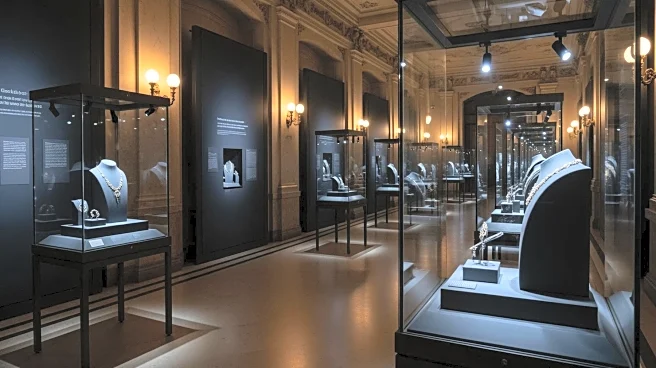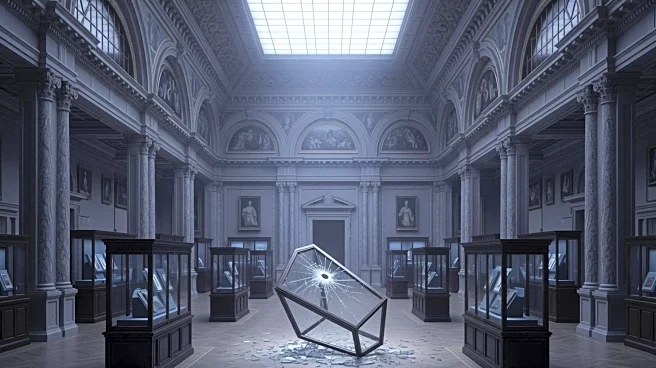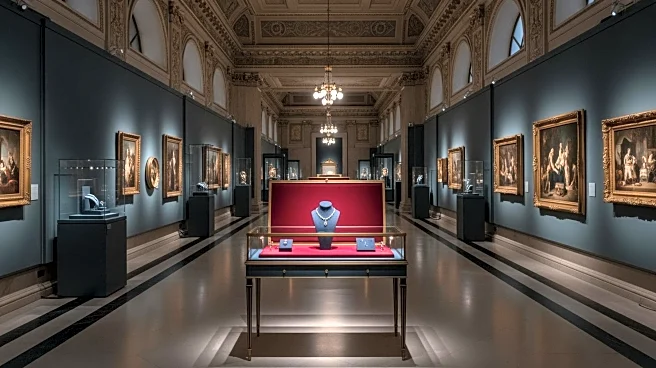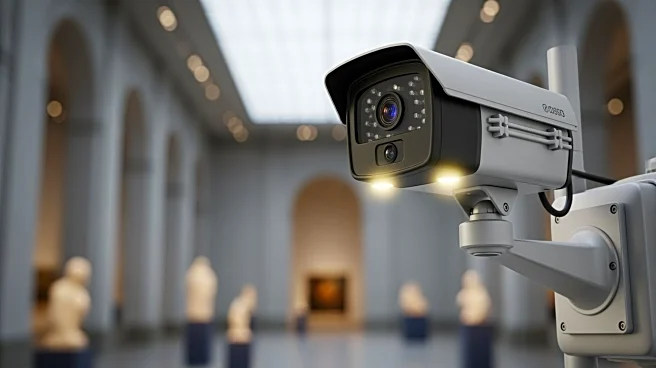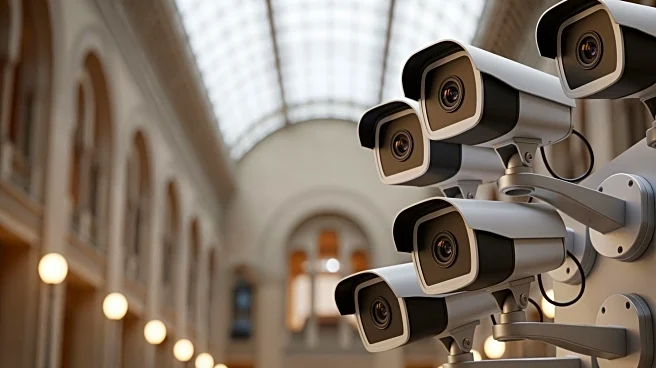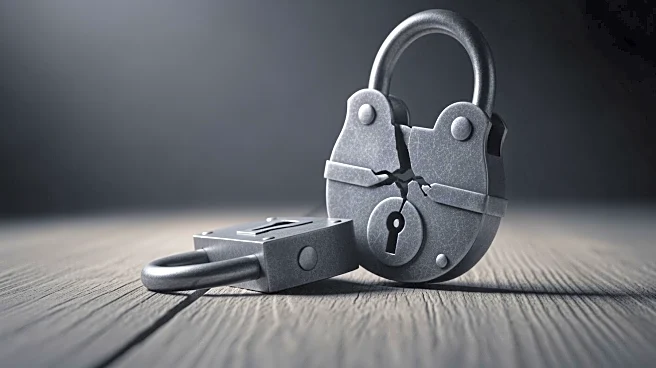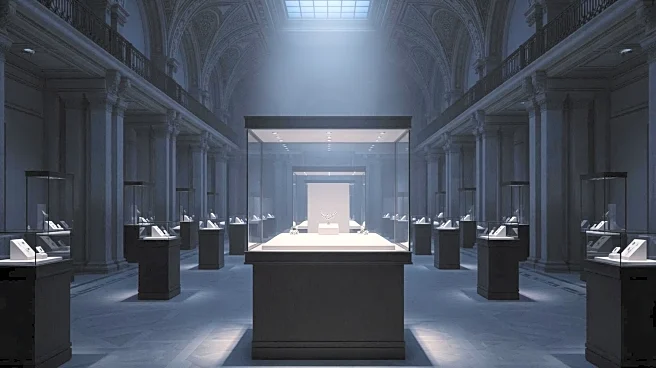What's Happening?
The Louvre Museum in Paris has experienced another significant theft, with thieves stealing French jewels of 'inestimable value.' This incident follows a history of high-profile heists at the museum, including
the famous 1911 theft of the Mona Lisa. The most recent robbery raises concerns about the museum's security measures, as previous thefts have highlighted vulnerabilities in its defenses.
Why It's Important?
The theft of valuable artifacts from the Louvre underscores ongoing challenges in securing cultural institutions against sophisticated criminal activities. Such incidents can lead to increased security costs and impact the museum's reputation. The loss of cultural heritage items also affects historical scholarship and public access to important artifacts, potentially diminishing the museum's role as a global cultural leader.
What's Next?
In response to the theft, the Louvre may implement stricter security protocols, including enhanced surveillance and monitoring systems. Authorities are likely to intensify investigations to recover the stolen jewels and prevent future incidents. The museum's management may also face pressure to reassess its security strategies and allocate additional resources to safeguard its collections.
Beyond the Headlines
The recurring thefts at the Louvre highlight broader issues in the art world, such as the black market for stolen artifacts and the challenges of international cooperation in recovering stolen cultural property. These incidents may prompt discussions on the ethical responsibilities of museums in protecting and preserving cultural heritage.


